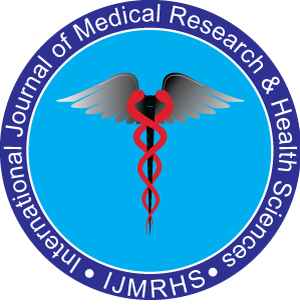Abstract
Nano-Biotechnology: Current Applications and Future Scope
Author(s):Manam Walait, Huda Rehman Mir, Tayyaba Noor, Khadija Rani, Javaria Aslam,Komal Khalid, Zahra Azhar, Maria Saeed, Khadija Anwar, and Muhammad NaeemAkhtarBackground: Nano-biotechnology pertains to biologically driven frameworks and evolution for developing wares at the Nanoscale. We explored Nano-biotechnology in this article, which is a unique multidisciplinary line of research based on the joint endeavor of biologists, chemists, physicists, engineers, and medical specialists. Different principles used in Nano-biotechnology include the electron pair combination, electron pair bond polymerization, individual organization, and self-convocation. Objectives: The invention of Nanoparticles has revolutionized this field. Nano-particles are of various types such as carbon-based Nanoparticles, polymeric, ceramic, and metallic Nano-particles. They are synthesized through specific techniques which comprise bottom-up and top-down methods. These Nanoparticles are useful in various processes like in stalking of stem cells, gene delivery, and drug delivery as well as in environmental remediation. Methods: Nano-biotechnology has diversified applications in bio-formulations, Nanofabrication, biomimetics, and the production of fuel and energy. The development of Nano-robots is another marvelous achievement of Nano-biotechnology. Results: Nano-biotechnology has also conquered the field of medical science through its prominent hallmarks in cancer diagnostics, drug delivery, gene delivery, and stem cell-based therapy. Conclusions: This article also focuses on the latest advancements and the future prospectus of Nano-biotechnology. However, there are certain limitations and challenges in this field that could not be rejected but scientists are working to bring improvements and innovations to this burgeoning field
Select your language of interest to view the total content in your interested language
